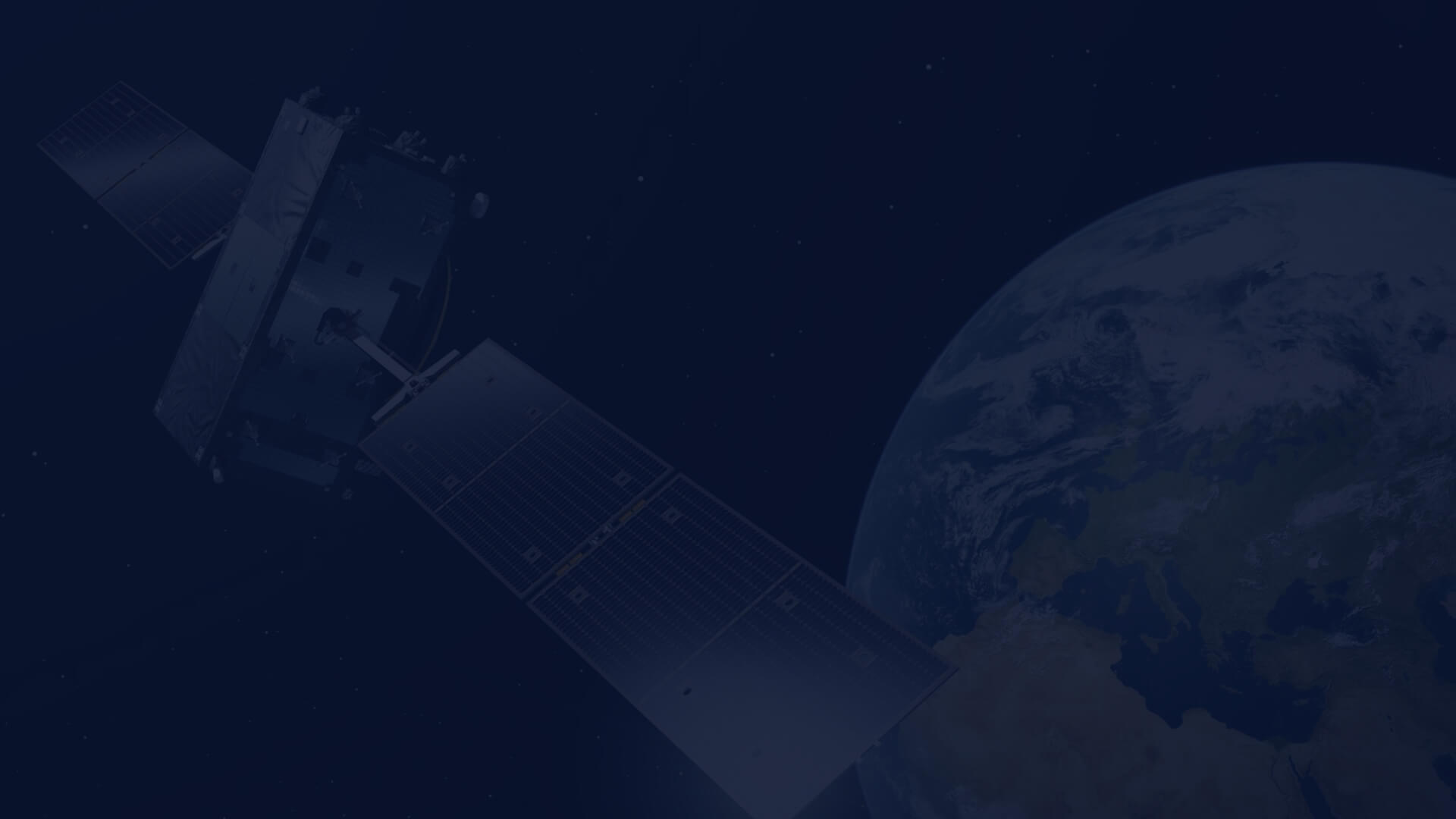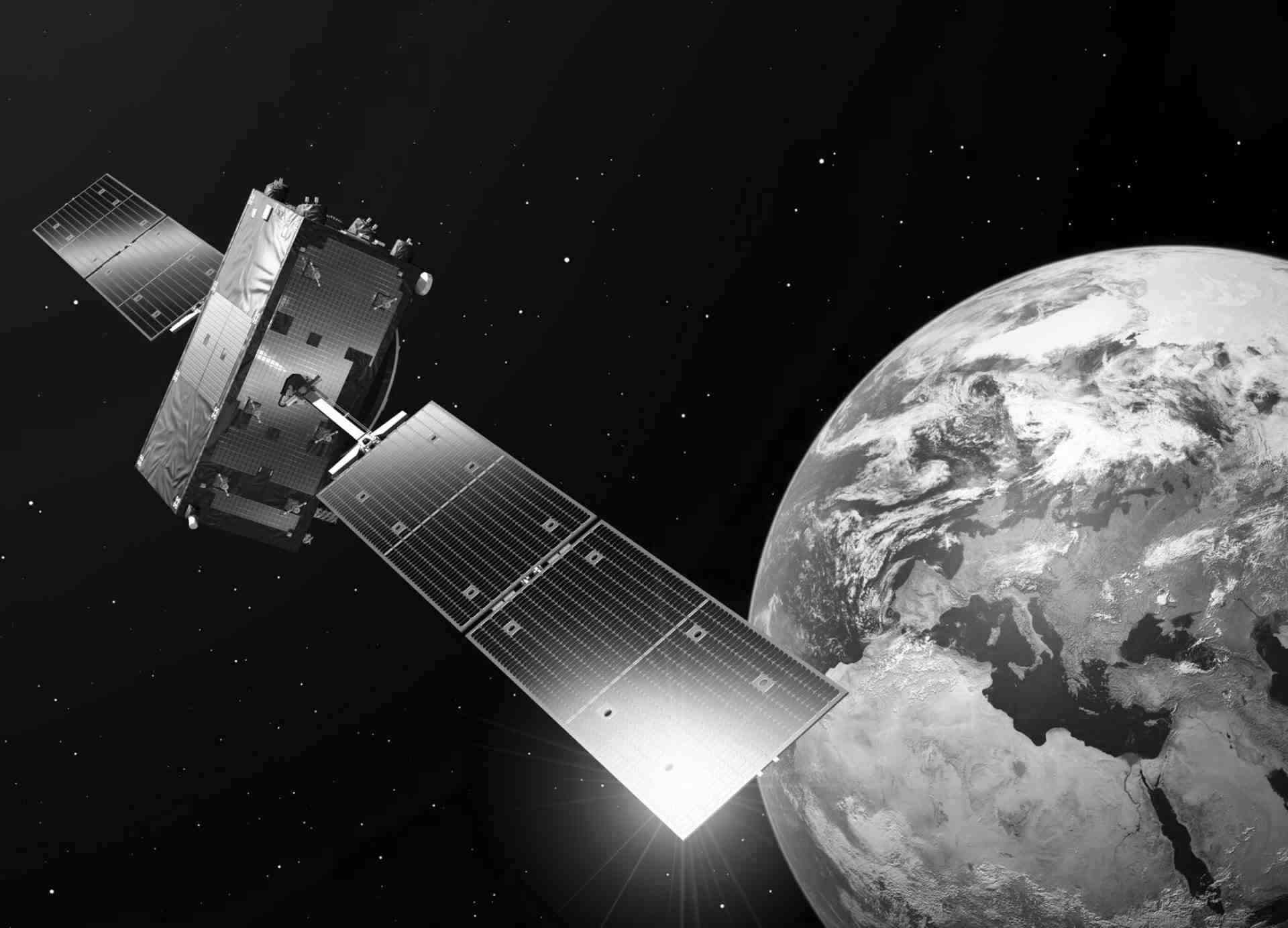CREODIAS for Digitising Green Spaces
Remote Sensing techniques are well known tools for green areas monitoring. Beside the common use of Earth Observation in natural areas such as forests, agricultural, grasslands or wetlands landscapes, it can also support many aspects of urban areas. Green surfaces like parks or grasslands are crucial for increasing population life quality. CREODIAS platform offers wide range of satellite data, which are the key input for digitising green spaces. Thanks to uptodate imager and CREODIAS processing environment, it’s possible to generate such products as land cover classification, vegetation indices, crop types or simply inventory maps of park or forests.
VEGETATION BIOPHYSICAL PARAMETERS WITH SATELLITE DATA
Remote sensing methods are used for monitoring vegetation (water, sun, nitrate) stress and biophysical parameters like gross primary production or photosynthesis. Depending on spectral and spatial resolution, various aspects of biomass can be calculated. Sen4CAP software available on CREODIAS platform allows to generate particular products for any region and period:
- NDVI
- LAI
- fAPAR
- fCOVER
Based on the above parameters together with the compilation of products generated from radar Sentinel-1 such as classification of crop type, the Sen4CAP software provides products supporting agricultural practices like ploughing or grassland mowing.
The above mentioned applications for rural landscapes can also be used for urban areas. Earth Observation data available in CREODIAS repository allows to digitise green spaces of urban regions in different aspects, for example:
- Vegetation condition
- for vegetation quality in parks (e.g. based on data from Sentinel-2, Sentinel-3, Landsat) - City heat island
- for urban decision makers (e.g. based on data from Sentinel-3, Landsat) - Air pollution
- for healthy leaving (e.g. based on data from Sentinel-5P)
The below imagery shows Dubai captured by Sentinel-2. Despite its location on the desert it has plenty of green spaces available for inhabitants.


CLOUD COMPUTING FOR GREENER CITIES
The possibility of easy digitising natural phenomena with satellite data has come from its uniformity, complexity and objectivity. Satellites are equipped with sensors acquiring data in standard wave ranges for which basic processing methods are well known and described. Therefore, anyone can start working with Earth Observation products, and it is even easier to do on CREODIAS as there is no need to download imagery and invest in expensive hardware. CREODIAS cloud infrastructure is scalable so users can start with small Virtual Machine or just Jupyter Hub for prototyping. After gaining experience, the user can decide about expanding functionality, computing power, amount and type of storage. Apart from a wide range of open data, each project can be ingested with EODATA+ very high-resolution imagery, both archival and acquired on demand.
EO data repository together with cloud computing environment is a perfect place for implementing any idea related to green spaces analysis. Remote Sensing data can be used with aim to:
- Support urban planning
- Support real estate business
- Assessing quality of life in urban areas
- Find solutions for sustainable development
- Promote ecological and sustainable behaviours
- Mapping and monitoring risks for helping services
GREEN SPACES IN COPERNICUS
Additional and complementary products are available in Copernicus services: atmosphere (CAMS), climate (C3S), land (CLMS), security and emergency (CEMS).
Satellite data is not the answer to every problem, but can have serious input and meaning in above mentioned issues. Especially when combined with GALILEO, EGNOS and thematic Copernicus products available also online in CREODIAS, e.g.:
- Natura2000
- Imperviousness density and built-up areas – map of places where bare soil is covered and therefore no natural vegetation is possible to grow.
- Tree cover density
- Forest type
- Corine Land Cover – with constant legend for all Europe
SUSTAINABLE GREENER FUTURE
The European Commission effort aims to encourage more people to use spatial data. Benefits can be both environmental and economic. People can make business while creating more sustainable greener future. The European Union, by giving free and open access to satellite data and thematic Copernicus service, creates and enables our common success. CREODIAS platform contributes to it by facilitating technical aspect of giving open real time access to the data.
Author: Sylwia Nasiłowska (PhD), Project Manager, CloudFerro

